一个理想的单色点光源****的光是完全相干光。但实际物理光源不是点源,总是具有一定的空间尺度并包含众多辐射单元,其发出的光也非严格的单色光,其光谱具有一定宽度,这种光即部分相干光。产生部分相干光主要有三种方法:
(1)降低激光的相干性来获得部分相干光。用动态散射体降低激光的相干性,通过控制散射体的性质来控制散射体后光束的相干性。(2)利用Van-Citter-Zernike定理使扩展光源发出的非相干光成为部分相干光。(3)将一些互不相干的激光本征模叠加来产生部分相干光束。
系统描述
本例介绍了如何上述第二种方法来实现部分相干光的建模。如图1所示,整体结构是一个科勒照明系统。一个聚光元件将非相干光源传递到转像透镜的入瞳处。非相干光源照亮物体掩膜面,并在最后的像面上得到适当放大的像。为了对光束合理采样,光源放在物体掩膜的共轭面处,以便光源具有一定的尺寸,而不是理想点光源。对于具有一定尺寸的光源,它所成的像就是部分相干的。当光源大到可以填满转像透镜入瞳时,其所成的像就将是非相干的。
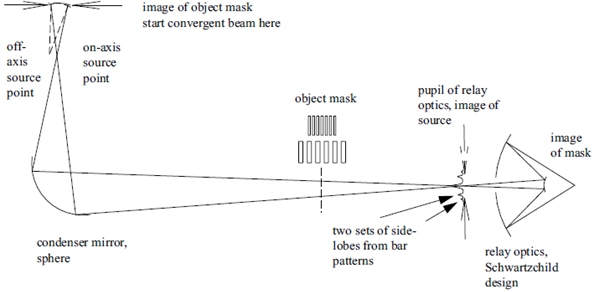 图1.部分相干光建模示意图
图1.部分相干光建模示意图部分相干光的建模过程为:将光源看作无数的点光源,每个点光源通过系统成像,并在成像面上进行非相干叠加。因为点光源发出的光线要通过整个系统,所以点光源的数目一定要尽量小。一个完整的相干系统只需要一个点光源,而部分相干系统可能需要10个,而非相干系统差不多要求50个。
模拟结果
 图1.object mask的初始分布
图1.object mask的初始分布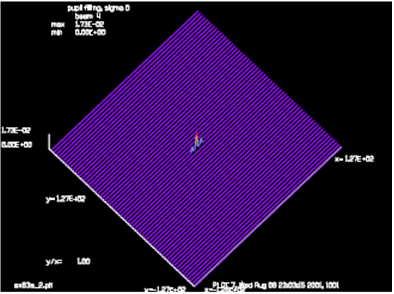 图2.完全相干时点光源在转像透镜入瞳处所成的像
图2.完全相干时点光源在转像透镜入瞳处所成的像 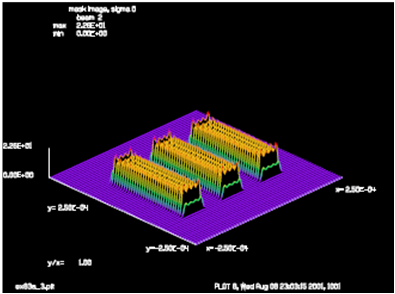 图3.完全相干时object mask所成的像
图3.完全相干时object mask所成的像 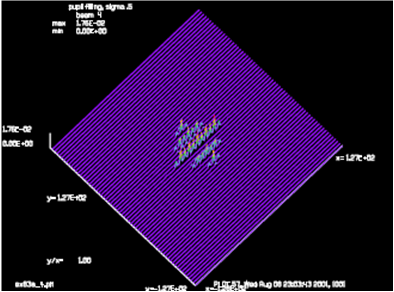 图4.部分相干时点光源在转像透镜入瞳处所成的像
图4.部分相干时点光源在转像透镜入瞳处所成的像 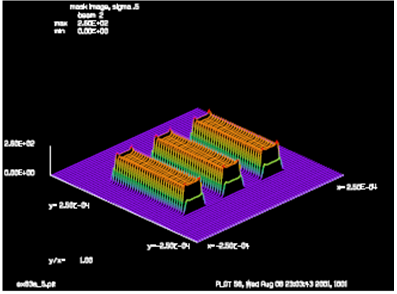 图5.部分相干时object mask所成的像
图5.部分相干时object mask所成的像  图6.完全不相干时点光源在转像透镜入瞳处所成的像
图6.完全不相干时点光源在转像透镜入瞳处所成的像 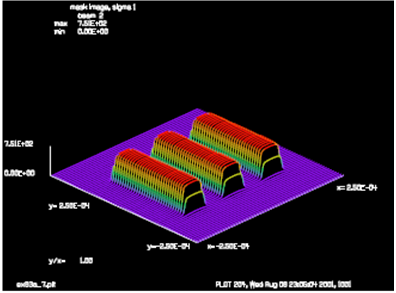 图7.完全不相干时object mask所成的像
图7.完全不相干时object mask所成的像
 我要赚赏金
我要赚赏金

